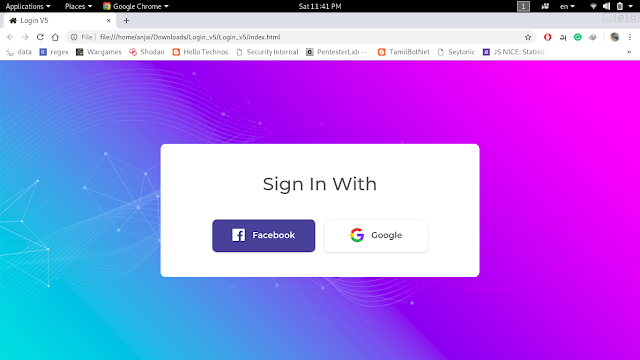Seedr.cc: Simplifying Torrenting and Cloud Storage

Seedr.cc is a revolutionary platform that combines the power of torrenting with the convenience of cloud storage. Its user-friendly interface and cutting-edge technology have made it a favorite among users looking for a seamless way to manage torrents and access files on the go. One of Seedr’s standout features is its simplicity. Unlike traditional torrenting methods that require downloading a client, Seedr operates entirely in the cloud. Users can paste a torrent link or upload a .torrent file directly into the platform, and Seedr downloads the content instantly to their account. This eliminates the need for complicated setups, making it a perfect choice for both tech-savvy users and beginners. Seedr.cc also prioritizes speed and efficiency. Its premium accounts offer lightning-fast download speeds, ensuring that files are ready in a matter of minutes. Even for free users, the platform provides a generous amount of storage space and competitive speeds, allowing them to exp...





